- Geography: China is the world’s fourth-largest country by land area, with diverse geographical features including mountains, plateaus, deserts, and plains. Major landmarks include the Himalayas, the Gobi Desert, the Yangtze River, and the Great Wall of China.
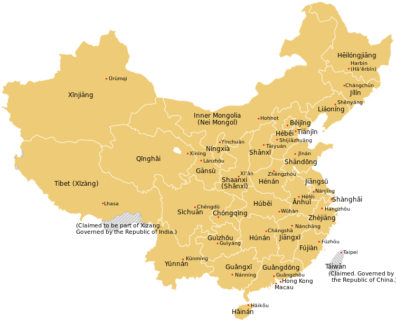
- History: China has one of the world’s oldest civilizations, with a recorded history dating back over 5,000 years. It has been ruled by various dynasties and empires, experiencing periods of great prosperity and cultural achievement. In 1949, the Communist Party of China (CPC) established the People’s Republic of China.
- Government: China is a one-party socialist state governed by the Communist Party of China (CPC). The President serves as the head of state, while the Premier is the head of government. The National People’s Congress is the highest organ of state power.
- Economy: China has the world’s second-largest economy by nominal GDP and is the largest manufacturing and exporting nation. Over the past few decades, it has experienced rapid economic growth, fueled by manufacturing, exports, and investments. China is also a major importer of commodities.
- Culture: Chinese culture is rich and diverse, encompassing various traditions, customs, and arts. It has made significant contributions to literature, philosophy, art, music, cuisine, martial arts, and technology. Confucianism, Taoism, and Buddhism have been influential philosophies.
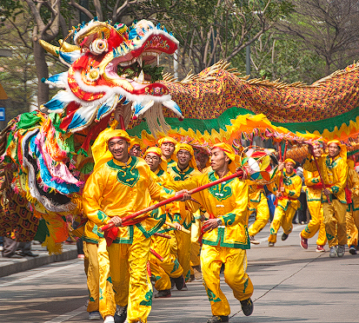
- Population: China is the most populous country in the world, with over 1.4 billion people. The country faces demographic challenges such as an aging population and gender imbalance due to the one-child policy, which has been relaxed in recent years.
- Technological Advancements: China has become a global leader in technology and innovation, with significant investments in areas such as artificial intelligence, renewable energy, telecommunications, and space exploration. Companies like Huawei, Alibaba, and Tencent have gained international prominence.
- Foreign Policy: China’s foreign policy is characterized by its emphasis on sovereignty, territorial integrity, and non-interference. It seeks to expand its influence through initiatives like the Belt and Road Initiative (BRI) and has become increasingly assertive in regional and global affairs.
- Challenges: China faces challenges such as environmental pollution, income inequality, corruption, human rights abuses, and tensions with neighboring countries over territorial disputes, particularly in the South China Sea.
Tag: asia
ASIA
Asia is the world’s largest and most populous continent, covering an area of about 44.58 million square kilometers and home to over 4.6 billion people, constituting roughly 60% of the world’s population. Here are some key points about Asia: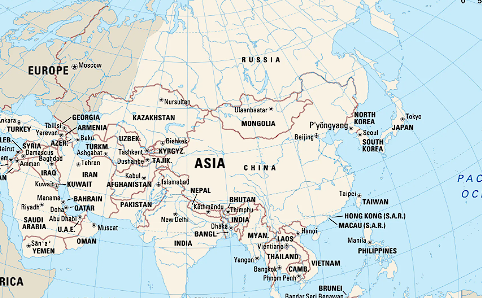
- Geography: Asia is incredibly diverse geographically, featuring vast plains, high mountain ranges, deserts, and extensive coastlines. It includes major geographical features such as the Himalayas, the Gobi Desert, the Siberian tundra, and the fertile river valleys of the Tigris and Euphrates, the Yangtze, and the Ganges.
- Cultural Diversity: Asia is incredibly diverse culturally, with numerous languages, religions, and ethnic groups. It is the birthplace of major religions such as Hinduism, Buddhism, Islam, and Confucianism, as well as the origin of many ancient civilizations, including those of Mesopotamia, the Indus Valley, and China.
- Economic Powerhouse: Asia is an economic powerhouse, with some of the world’s fastest-growing economies, including China, India, Japan, and South Korea. The region is a hub for manufacturing, trade, and innovation and plays a significant role in the global economy.
- Political Landscape: Asia is home to a wide range of political systems, from authoritarian regimes to democracies. Countries like China, North Korea, and Iran have authoritarian governments, while others like India, Japan, and South Korea have democratic systems.
- Global Influence: Asia’s influence extends beyond its borders, impacting global politics, economics, and culture. Countries like China and India are increasingly asserting themselves on the world stage, shaping global trends and influencing international relations.
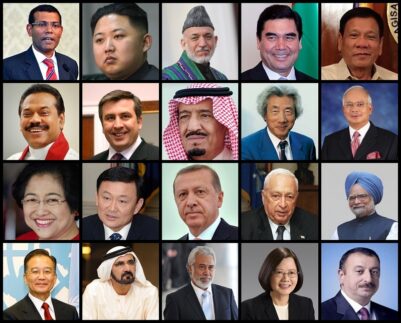
- Challenges: Asia faces numerous challenges, including poverty, inequality, environmental degradation, and political instability. Issues such as territorial disputes, nuclear proliferation, and terrorism also pose significant challenges to regional stability.
- Technological Advancements: Asia is a leader in technological innovation, with countries like Japan, South Korea, and China making significant advancements in fields such as electronics, robotics, and artificial intelligence.
- Regional Cooperation: Despite historical tensions and conflicts, there are efforts towards regional cooperation in Asia. Organizations like the Association of Southeast Asian Nations (ASEAN), the South Asian Association for Regional Cooperation (SAARC), and the Shanghai Cooperation Organization (SCO) aim to promote economic integration and political dialogue among Asian countries.
IRAN
Iran, officially known as the Islamic Republic of Iran, is a country in Western Asia. It is bordered to the northwest by Armenia and Azerbaijan, to the north by the Caspian Sea, to the northeast by Turkmenistan, to the east by Afghanistan and Pakistan, to the south by the Persian Gulf and the Gulf of Oman, and to the west by Turkey and Iraq.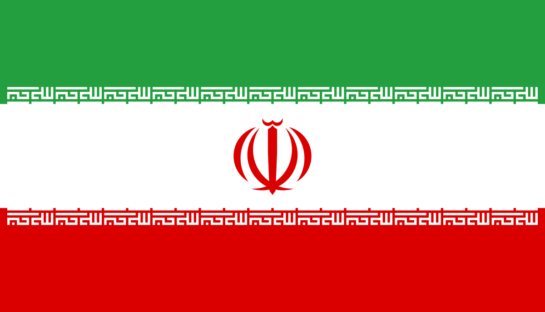
Here are some key points about Iran:
- History: Iran has a rich history dating back thousands of years, with significant contributions to art, science, and culture. It was home to one of the world’s earliest civilizations, the Elamite, and later became part of the Persian Empire, one of the largest empires in history.
- Culture: Iranian culture is diverse, with influences from various civilizations and ethnic groups. Persian literature, poetry, and art have had a profound impact globally. Iran is known for its rich tradition of poetry, with poets like Rumi and Hafez being revered internationally.
- Religion: Iran is an Islamic republic, with Islam being the dominant religion. The majority of Iranians are Shia Muslims, though there are also Sunni Muslims, Christians, Jews, and other religious minorities.
- Politics: Iran’s political system is unique, combining elements of an Islamic theocracy with a republican democracy. The Supreme Leader holds significant power, with the President serving as the head of government. The country has faced international scrutiny over its human rights record and its nuclear program.
- Economy: Iran has a mixed economy, with significant government involvement in key sectors such as energy and finance. Its economy relies heavily on oil and gas exports, though efforts have been made to diversify in recent years. Economic sanctions have significantly impacted Iran’s economy.
- International Relations: Iran’s relations with other countries have been complex. It has had strained relationships with the United States and some Western countries, particularly over issues such as its nuclear program and support for militant groups. However, it maintains close ties with countries like Russia and China.
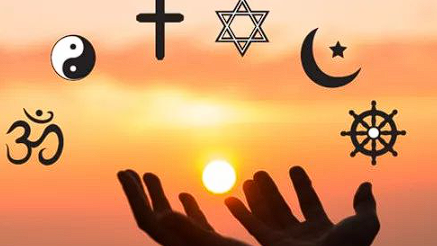
- Nuclear Program: Iran’s nuclear program has been a source of international concern and controversy. While Iran claims its program is for peaceful purposes, such as energy production, many countries, particularly Western powers, suspect it of seeking to develop nuclear weapons.
- Recent Developments: Iran has been involved in various regional conflicts, including the Syrian Civil War and the conflict in Yemen. It has also faced internal challenges, including protests over economic issues and political repression.
Documentary Video

